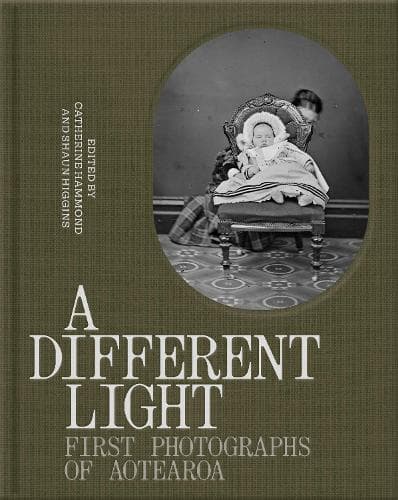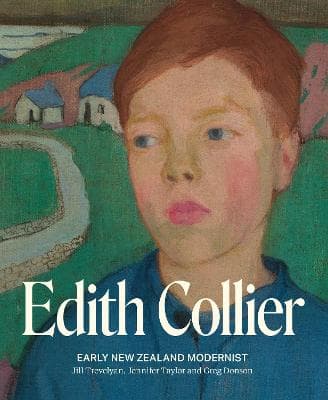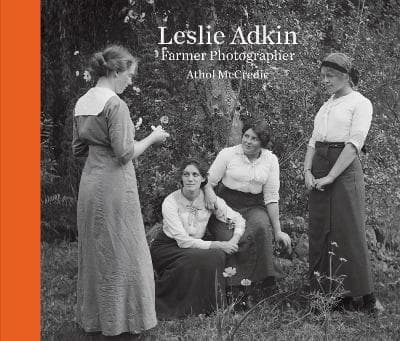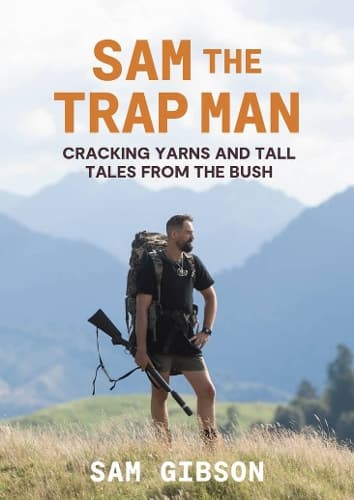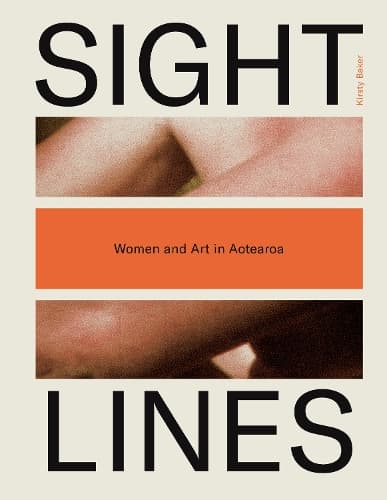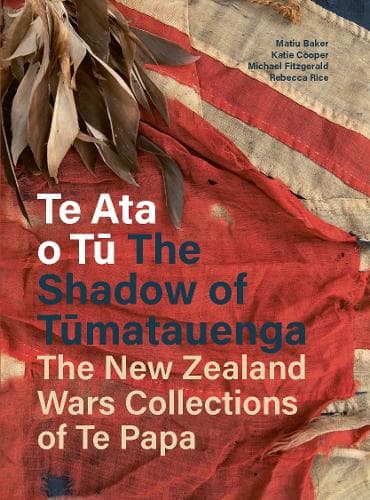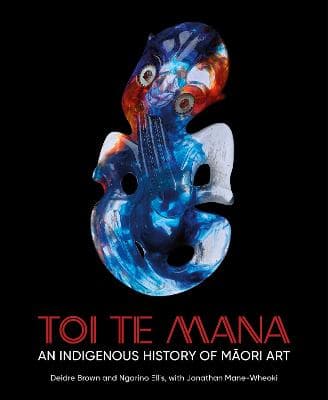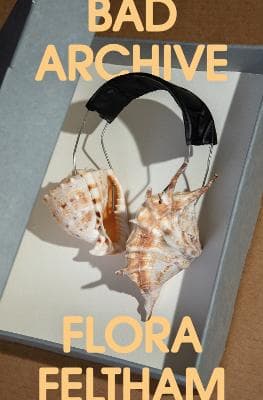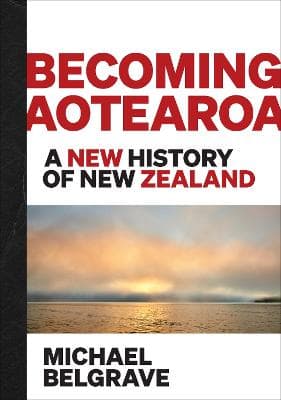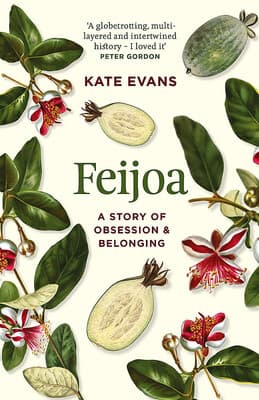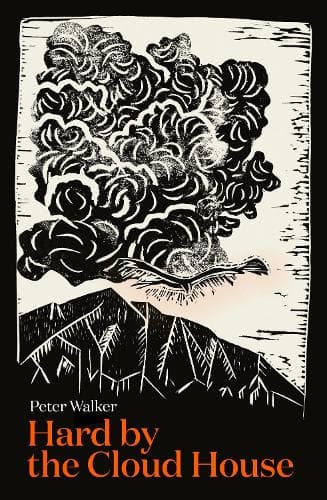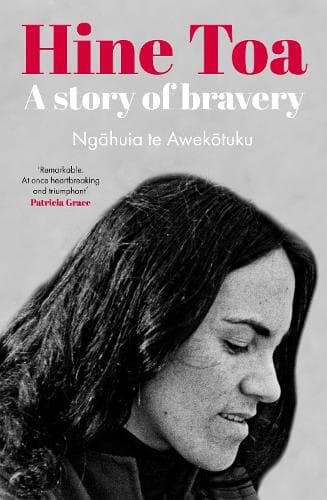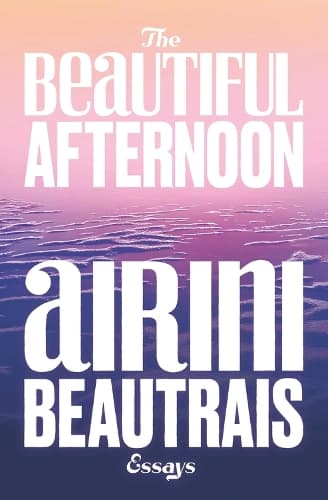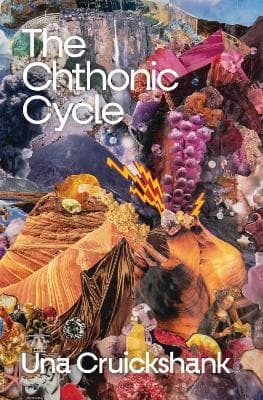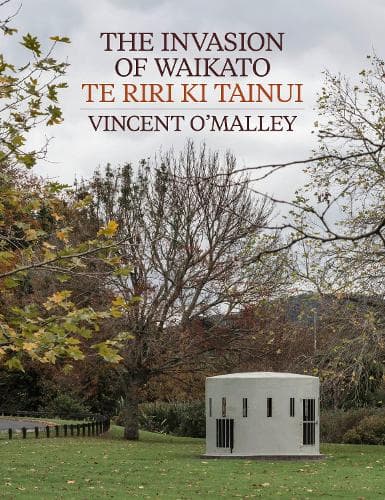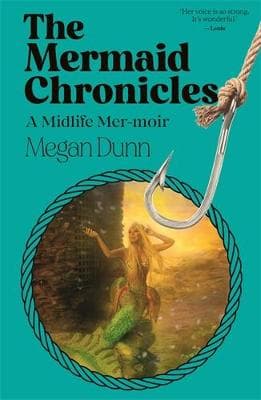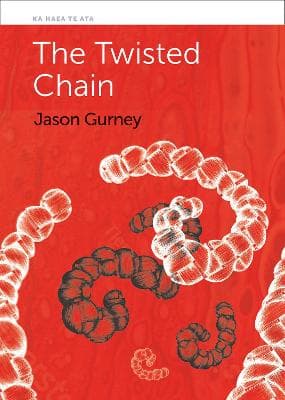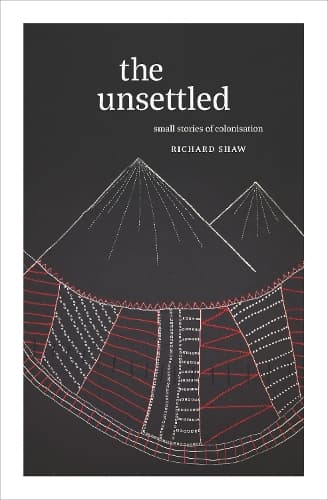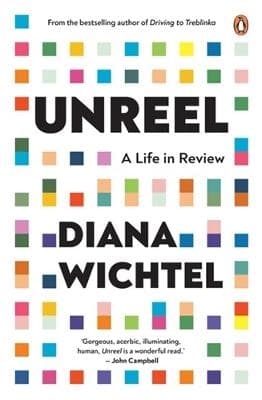Critics’ thoughts on the 2025 Ockham New Zealand Book Award non-fiction and illustrated non-fiction list
Critics and reviewers reflect on the Ockham New Zealand Book Awards Non-fiction and Illustrated Non-fiction long lists. We've pulled together reviews and commentary in this handy list.
The 2025 Ockham Book Awards long list was announced on Thursday, 30th Jan. Divided into Fiction, Poetry, Illustrated Non-fiction and General Non-fiction categories, it contains an impressive 43 wonderful titles from Aotearoa New Zealand writers.
If you haven’t seen it, go HERE to check out the full list.
Last week Kete profiled fiction and poetry; this week we’ve pulled together reviewers and industry professionals’ thoughts on the Illustrated Non-fiction and General Non-fiction categories into a handy list for your perusal.
Illustrated Non-Fiction
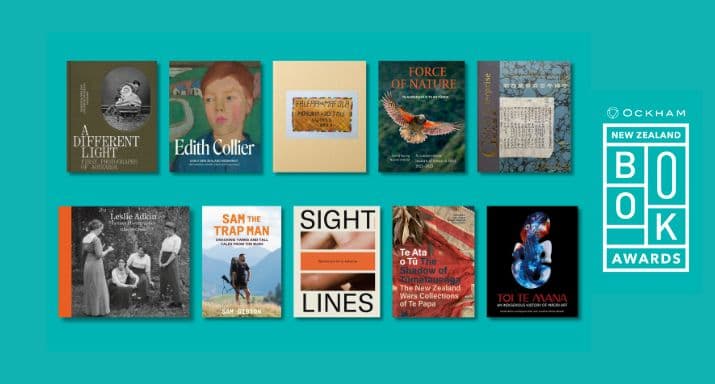
A Different Light: First Photographs of Aotearoa by Catherine Hammond and Shaun Higgins (Auckland University Press)
This richly illustrated book is a companion to a travelling exhibition of early photographs, with images from three of the country’s largest research libraries. David Veart, reviewing for Kete, calls the book ‘a record of the people who are remembered only in these images,’ adding that it ‘allows us to examine parts of our past in new and intimate ways’. The editors speak about their experience creating the book in this interview.
Edith Collier: Early New Zealand Modernist by Jill Trevelyan, Jennifer Taylor and Greg Donson (Massey University Press)
Edith Collier wasn’t always beloved in her home town of Whanganui. Bruised, she didn’t exhibit often after sneering reviews, but this book, which is published in conjunction with the re-opening of the Sargeant Gallery and an exhibition of Edith’s work, ‘mark[s] our opportunity to join the party putting Collier first. She deserves it’, writes Linda Herrick for Kete. Jenny Partington, writing for takahē, adds ‘This book remembers Edith Collier in three dimensions, layered and complex, alongside her equally layered collection of artworks.’
Fenoga Tāoga Niue I Aotearoa: Niue Heritage Journey in Aotearoa by Molima Molly Pihigia, Toluma'anave Barbara Makuati-Afitu, Kolokesa Uafā Māhina-Tuai, Hikule'o Fe'aomoeako Melaia Māhina and Janson Chau (Mafola Press)
This 500-page book is based on the journey of the Falepipi he Mafola Group over the last thirty years—their members, artworks and projects. It highlights Niuean ‘art forms on an international craft and artisanal level’, writes Mere Satakala in an article on the book launch in Niue. Nearly fifty contributors are included in the book, which is intended as a tāoga for future generations, honouring Niuean culture and heritage.
Force of Nature Te Aumangea o Te Ao Tūroa: A Conservation History of Forest & Bird 1923-2023 by David Young and Naomi Arnold (Potton & Burton)
Force of Nature Te Aumangea o Te Ao Tūroa is a hefty volume with a beautiful photographic cover. It’s a history of the conservation movement in Aotearoa, a stunning piece of work by Forest and Bird and the distinguished authors. Bronwyn Elsmore remarks that the book is ‘a fitting tribute to all involved, past and present… also a work of art.’ The book’s editor is interviewed on RNZ here.
Golden Enterprise: New Zealand Chinese Merchants 1860s-1970s by Phoebe H. Li (Chinese Poll Tax Heritage Trust)
The Chinese Poll Tax Heritage Trust was created in compensation for the Poll Tax that was levied on the Chinese population of Aotearoa until 1934. It was accompanied by an official government apology. Some of the funding involved has gone toward the creation of this book, Golden Enterprise, a beautifully illustrated 200-page tome focussed on the Chinese merchant class. Nevil Gibson of the National Business Review writes ‘it takes a broader view that encompasses New Zealanders’ interest in Chinese culture and heritage, the survival of a marginal community…’
Leslie Adkin: Farmer Photographer by Athol McCredie (Te Papa Press)
In an era where photographs were usually posed, studio affairs, Leslie Adkin’s domestic photographs of his family, specifically his wife, and his farm, provide an intimate picture of day to day life. He was an exceptional, organised recorder of life, the treasure trove of his pictures donated to the Turnbull Library and The National Art Gallery in 1965. This book is ‘a de facto photo album of family life for European settlers in provincial Aotearoa before WWII’, says Hamish Coney, reviewing for Aotearoa New Zealand Review of Books, but Adkin was also ‘an amateur archaeologist and documenter of Māori sites of significance as well as scenes from the life of members of the Muaūpoko iwi.’ You can read an extract from the book on Kete.
Sam the Trap Man: Cracking Yarns and Tall Tales from the Bush by Sam Gibson (Allen & Unwin New Zealand)*
Trapper, hunter, and conservationist Sam Gibson takes the reader to Aotearoa’s back country in the 33 narratives that form this book. With plenty of photographs, Gibson offers ‘a genial, sometimes repetitive set of – yes – yarns, which are given gravitas by his respect for the environment in which he works and lives,’ says David Hill at Kete. In this RNZ interview Sam talks further about his interest in teaching others about the bush he loves, saying ‘People just really like to be able to understand trees a little bit more, understand their relationship with their ecosystems.’
Sight Lines: Women and Art in Aotearoa by Kirsty Baker (Auckland University Press)*
Sight Lines is an important new work in the canon of women and art in Aotearoa. Jade Kake for Kete writes, ‘the word ‘women’ is considered in the most expansive definition… it is this genuine polyphony of voices that defines the book.’ Approximately 40 artists are investigated in the book, which historically begins with Māori traditions of adornment and finishes in today’s art world, but is not intended to be comprehensive. In a Spinoff review by Gabi Lardies, Baker is quoted as saying ‘it’s very specific and quite idiosyncratic because it’s what interests me.’
Te Ata o Tū The Shadow of Tūmatauenga: The New Zealand Wars Collections of Te Papa by Matiu Baker (Ngāti Toa Rangatira, Te Āti Awa, Ngāti Raukawa, Ngāti Whakaue), Katie Cooper, Michael Fitzgerald and Rebecca Rice (Te Papa Press)
‘I started reading Te Ata o Tū anticipating another 'history in 500 objects' picture book,’ writes David Veart at Kete, ‘but have found much, much more.’ The book provides a strong narrative and a powerful Māori voice as it makes sense of the New Zealand wars, and hundreds of images both support this and create story themselves. Multiple essays tug on different viewpoints and facets of history and how we understand it.
Toi Te Mana: An Indigenous History of Māori Art by Deidre Brown (Ngāpuhi, Ngāti Kahu) and Ngarino Ellis (Ngāpuhi, Ngāti Porou) with Jonathan Mane-Wheoki (Ngāpuhi, Te Aupōuri, Ngāti Kurī) (Auckland University Press)
The book is the result of 12 years of research and study, and weighs as much as a newborn baby. On the Spinoff, the authors write that ‘Toi Te Mana asserts our understanding of Māori art as nuanced, dynamic and challenging, with people at its heart.’ Covering a nearly definitive history of Māori art is no mean feat. Jade Kake, reviewing for Kete, calls it ‘a serious scholarly text… and a major contribution from two of our foremost thinkers… A remarkable achievement.’
General Non-Fiction
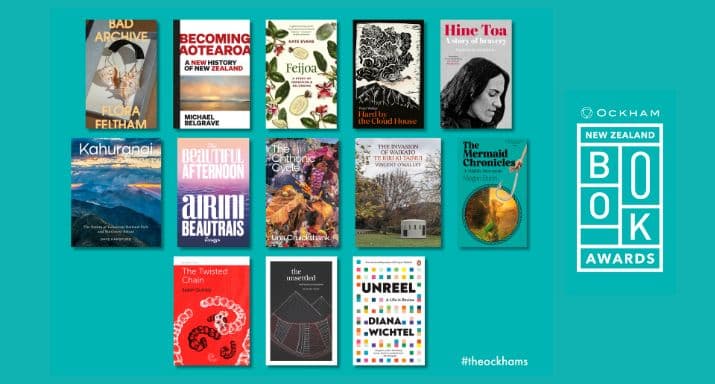
Bad Archive by Flora Feltham (Te Herenga Waka University Press)*
Debut author Feltham presents 13 tightly woven essays in this collection. Using archival material to make sense of her own life, she ‘is so curious about the evidence she preserves that she admits to feeling a ‘gravitational pull’ into the gaps between artifact and meaning,’ writes Becs Tetley for Kete. The stories are personal, intricate and engaging. Reviewing for takahē, Hannah Patterson adds, ‘The reader’s curiosity is challenged to keep pace with Feltham’s searching gaze.’
Becoming Aotearoa: A New History of New Zealand by Michael Belgrave (Massey University Press)
This is the first major history of NZ for some time. Belgrave asserts that NZ’s Māori population and the immigrants hence have created a liberal society in Aotearoa. The genesis of this book was a response to the 2019 mosque shootings in Christchurch, it’s not an academic text: it’s designed to be accessible and engaging. Rachel Morris for NZ Geographic writes that ‘anyone who hasn’t had the chance to go beyond the basics of our history may find a lot here that surprises them.’ At Reading Room, Philip Matthews says ‘A history of New Zealand has to take into account the ugliness of the parliamentary occupation, and the disinformation, distrust and reactive, confusing and anti-Māori politics that followed… Belgrave can still find a place for tentative hope.’
Feijoa: A Story of Obsession & Belonging by Kate Evans (Moa Press)*
Feijoa is more than an obsession with fruit. It’s a dance around the globe in pursuit of the relationship between people and plants. Evans delves into the origins, the cultivation, the places feijoa are grown, and most of all the relationship between this fruit and the people who love it. Jo McCarroll, writing for Kete, admits she ‘started reading Feijoa thinking it would slot comfortably into the sub-genre of books that tell the surprisingly complicated histories of individual, edible things… but Feijoa felt more vivid and more relevant.’ An extract from the book is available on the Spinoff.
Hard by the Cloud House by Peter Walker (Massey University Press)
A history and investigation into thelegend of Te Hokioi, the extinct giant eagle of New Zealand. Walker journeys from Canterbury to far-off places like the British Library and Raiatea in Polynesia in his pursuit of the huge bird and its stories. Memoir mixed with history, science and mythology. At the Aotearoa New Zealand Review of Books, Sally Blundell writes that Walker imparts ‘a sense of wonder and acuity, building his own, at times conjectural path out of scholarly research and scientific evidence.’
Hine Toa: A Story of Bravery by Ngāhuia Te Awekōtuku (Te Arawa, Tūhoe, Ngāpuhi, Waikato) (HarperCollins Publishers Aotearoa New Zealand)
Fire and force from within are a theme in this memoir. Ngāhuia Te Awekōtuku brings her strength to the page in this account of a working-class restless girl from the pa, and her life as an activist after university. Paula Morris at the Aotearoa New Zealand Review of Books describes it as ‘an important book: vital to write, vital to publish and vital to read.’ An extract is available on Kete Books.
Kahurangi: The Nature of Kahurangi National Park and Northwest Nelson by Dave Hansford (Potton & Burton)
This text is described as ‘a celebration of the biodiversity of Kahurangi National Park, Northwest Nelson and Golden Bay.’ It delves into the geology, the habitats and the flora and fauna, of which there is the most diversity of anywhere within Aotearoa. It’s reviewed on RNZ by Harry Broad, and an interview with the author is available here.
The Beautiful Afternoon by Airini Beautrais (Te Herenga Waka University Press)
Award-winning author Beautrais is known for fiction and poetry; this is her first essay collection. Covering history, literature, Star Wars, sea hags, beauty products, tarot, swimwear, environmentalism and pole dancing, alongside an analysis of influences on her life, she critiques the patriarchy and explores resistance. At the Aotearoa New Zealand Review of Books, Anne Kennedy writes that ‘these essays teach us how thought and ideas are one with daily life, that the ‘structures of feeling’ of emotions and relationships are inseparable from the world we live in.’ An extract from The Beautiful Afternoon is available on Paula Green’s Poetry Shelf.
The Chthonic Cycle by Una Cruickshank (Te Herenga Waka University Press)*
Cruickshank muses on the cycles of use and reuse through time, in a tour that focusses on wave after wave of ruin and remaking across the globe and through centuries. Lyrical writing, considering both the global and the microscopic, it was written in an attempt to ward off existential dread. Writing for Kete, Kelly Ana Morey calls it ‘a veritable Alice in Wonderland trip down the rabbit hole of writer Una Cruickshank ’s incredible mind and the magical, mystical research adventures it takes her on.’ You can read an extract from the book at the Spinoff.
The Invasion of Waikato Te Riri ki Tainui by Vincent O’Malley (Bridget Williams Books)
Veteran historian O’Malley continues his work on the New Zealand Wars. This concise history is intended to be accessible to many, featuring short biographies of people and groups who have contributed to this scholarship, detailed maps and many illustrations. The book explores the lasting impacts of the wars, and how they shaped the nation.Reviewer Sarah Ell says, ‘This book will go a long way towards restoring the Waikato War to its rightful place in our history, and to stimulate discussion about how we can best remember it and reflect on its impacts.’
The Mermaid Chronicles: A Midlife Mer-moir by Megan Dunn (Penguin, Penguin Random House)
Mermaids are one of Megan Dunn’s obsessions. While dealing with infertility, she decides to follow the obsession and see where it takes her: across the globe, through history and into the world of those who work as professional mermaids. This is an off-kilter story of mothers and daughters, marriage, sex and women’s work. Claire Wilkinson writes that Dunn’s voice is ‘candid and honest, occasionally to a self-deprecating fault. The tapestry she weaves is of a woman who is complex, inquisitive and persistent.’
The Twisted Chain by Jason Gurney (Ngāpuhi) (Otago University Press)*
Jason Gurney, in an e-tangata interview, says that The Twisted Chain ‘is essentially a love letter to my dad’. It’s a personal story of rheumatic fever and the impact on a family, but it’s also a story of a preventable disease that that thrives in Aotearoa, and the political and socio-political factors that allow it to do so. A call for action. Infectious diseases doctor Rachel Webb, reviewing for Kete, says, ‘Rheumatic fever is a barometer of how well (or badly) our health, welfare and housing systems are functioning… this is essential reading.’
The Unsettled: Small Stories of Colonisation by Richard Shaw (Massey University Press)
Richard Shaw has gathered stories from Pākehā grappling with their settler histories and brought them together, weaving them with his own as they try to live well with past, present and future. The history of the New Zealand Wars is complicated and difficult, and this book attempts to help with the journey toward understanding. In an interview with NZ Booklovers, Shaw says that ‘there is a growing appetite among many non-Māori for a more forthright, historically informed conversation about what really went on here during peak colonisation’. The Unsettled is his contribution to that. Reviewer Paul Diamond at the Aotearoa New Zealand Review of Books calls it ‘a courageous book.’
Unreel: A Life in Review by Diana Wichtel (Penguin, Penguin Random House)
Wichtel’s memoir is a chronicle of a life spent watching and writing, as a child and then as critic for the New Zealand Listener. It tackles early marriage and divorce, finding love again, all seen against the backdrop of television. David Hill, in a review for Kete, writes ‘Unreel is also a jewel casket of incident and anecdote. Her Mum's front tooth goes shootabout. Wichtel destroys a glass tabletop while watching the box. She goes to London to collect stories for the year ahead and the city's water ruins her hair… [Unreel] sparkles with slyly inventive writing.’ An excerpt from Unreel is available at the Spinoff.
Compiled by Erica Stretton
